“A belief that one ought to enter imaginatively and sympathetically into the minds of others is a moral urging.”
- James Q. Wilson
In July 2020, representatives of the EU’s 27 nations negotiated a multi-year budget and COVID-19 recovery funds built on deficit spending. After 4 months of side conversations and an unsatisfying 4-hour video conference call, an in-person meeting over four unceasing days established a 7-year budget and € 750 (US$ 857) billion stimulus. How did they do it?
Negotiation employs only two skilled activities, static preparation, and dynamic engagement. Negotiators repeat these until they form a partnership or find a better alternative.
Success in Negotiation Requires Engagement
Hundreds of individuals participated; an unpredictable complexity of interactions. Nations of a like mind banded together as much as individuals. Most noticeably was the alliance between the loans-not-grants Frugal Four- the Netherlands, Sweden, Denmark, and Austria; and the economically integrated, at times nationalistic, Visegrád Four- Poland, Hungary, Czechia, and Slovakia. Each group representing a unified yet nuanced voice, not monolithic symbols.
Engagement tests the informed guesses developed during preparation. The task in engagement is to evaluate conscious decisions made when preparing and to recognize subconscious presumptions made while engaging.
Discussion in negotiation is like a conversation, involving some priming and then diving right in. Our minds are designed for conversation and relationship as much as discussion toward a goal in negotiation.
Conversation and Negotiation Follow the Same Pattern
The EU negotiators included many characters of note, many of whom were familiar with the others including: de facto head of the Frugal Four, Dutch Prime Minister Mark Rutte; Populist and jostling self-appointed leaders of the Visegrád Four, Hungarian Prime Minister Viktor Orban, and Polish Prime Minister Mateusz Morawiecki; staunch advocate of fiscal prudence but also committed Europeanist, German Chancellor Angela Merkel and; Perennial EU federalist, French President Emmanuel Macron.
Traditional descriptions of negotiation include a process of information exchange, opening, bargaining, and closing. Although such actions do indeed occur, the sequential and stepwise outline distorts negotiation’s dynamic nature.
Conversation includes a brief start, a dynamic back-and-forth, and continual assessment of progress in relationship and content … with an eventual conclusion. Most of us have a skill for conversation and use it well.
Dialogue Sheds Light On Negotiation
The EU budget summit was the first in-person meeting since the start of the COVID-19 crisis. Debt concerns of established members were debated alongside the concerns of some new members rebelling against the EU’s Article 7 supporting the rule of law. Working out the details of the budget and stimulus plan, via video meetings and telephone calls did not suffice.
Just as in conversation, negotiators need to understand the context and personality for dialogue, uncover and support topics, and assess and adjust to change. Dialogue provides richness for efficient and effective progress.
Engagement is the most familiar aspect of negotiation because it is based upon dialogue. Negotiating with someone we know is easier than with somebody we do not, just as familiar topics are easier than the unfamiliar.
The Objective of Engagement is Discovery of Interests
The EU summit included innumerable individuals, the high stakes of COVID-19 damaged economies, new debt, and disagreements over governance. By previous agreement, they ‘locked’ themselves in together until a solution was found. The best way to resolve it all was by talking it through.
A negotiation occurs in a setting and for a purpose, with style, and for an audience. Engagement is the time-tested human method of finding a solution to a common problem.
Next month, we’ll dive deeper into the skills of engagement.

